What is the Tragedy of the Commons? – Nicholas Amendolare | TED-Ed (2017)
The tragedy of the commons is an economic hypothesis popularized in 1968 by ecologist Garrett Hardin. The concept was examined in a 1987 BBC documentary called “Nice Guys Finish First” by Richard Dawkins with a game theoretical framework. The Tragedy of the Commons predicts ecological degradation due to human conflict of self-interest over the long-term well-being of their community. There are many examples of common resource exploitation such as destruction of cashew trees in Mozambic. However, this theory was heavily […]

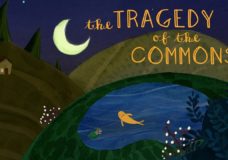
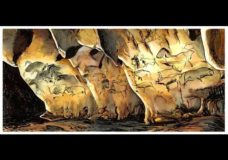
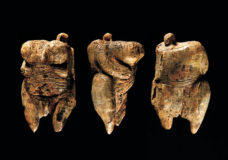
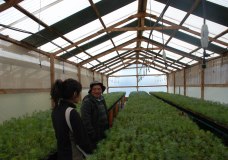
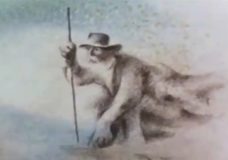
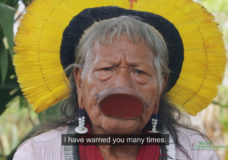
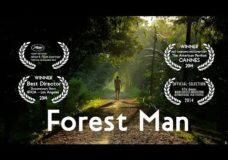

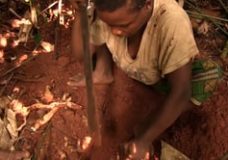
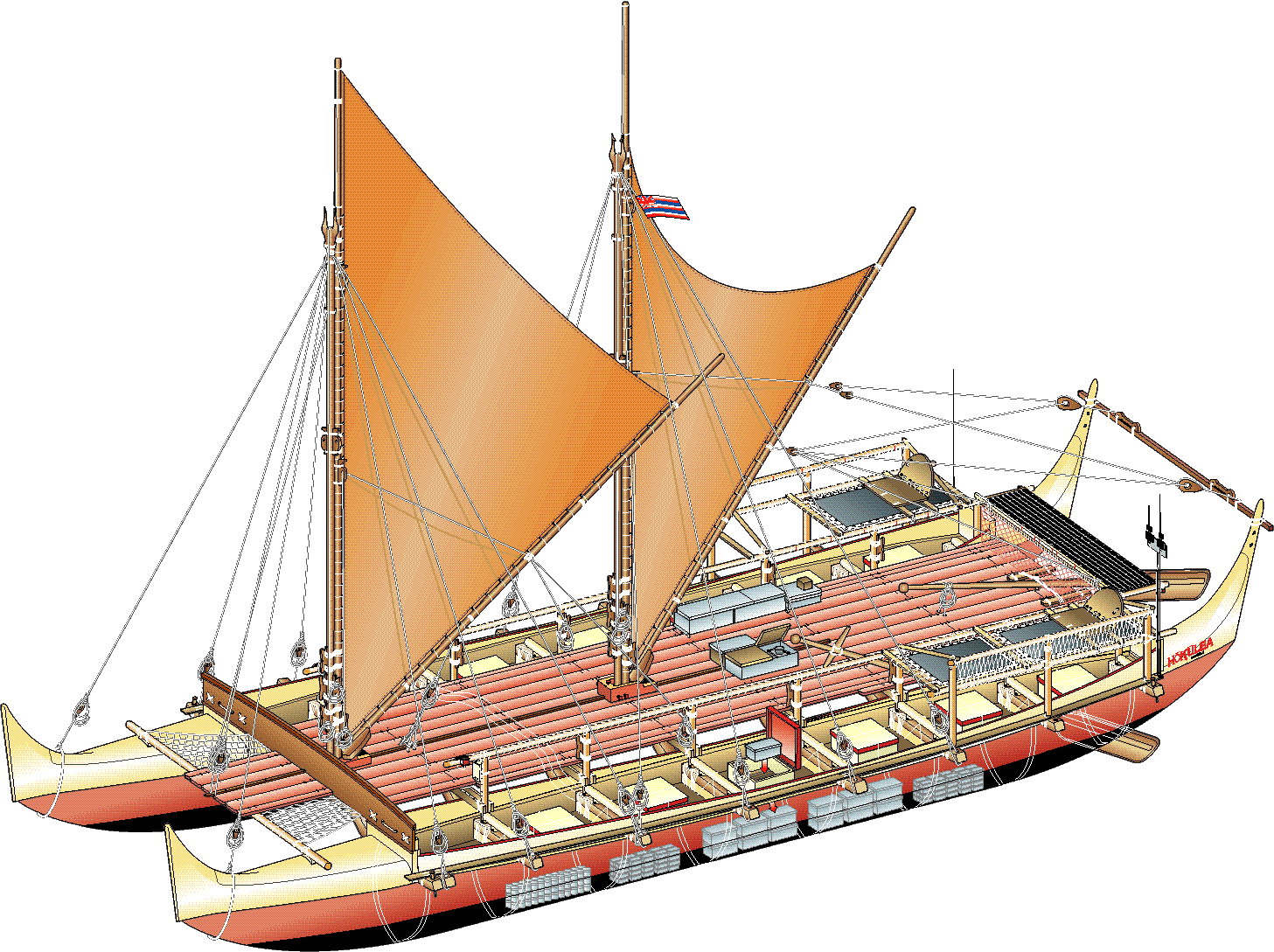
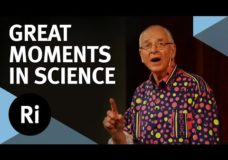


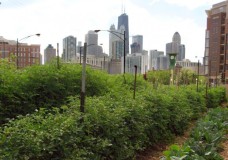
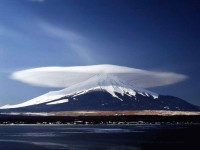

Recent Comments